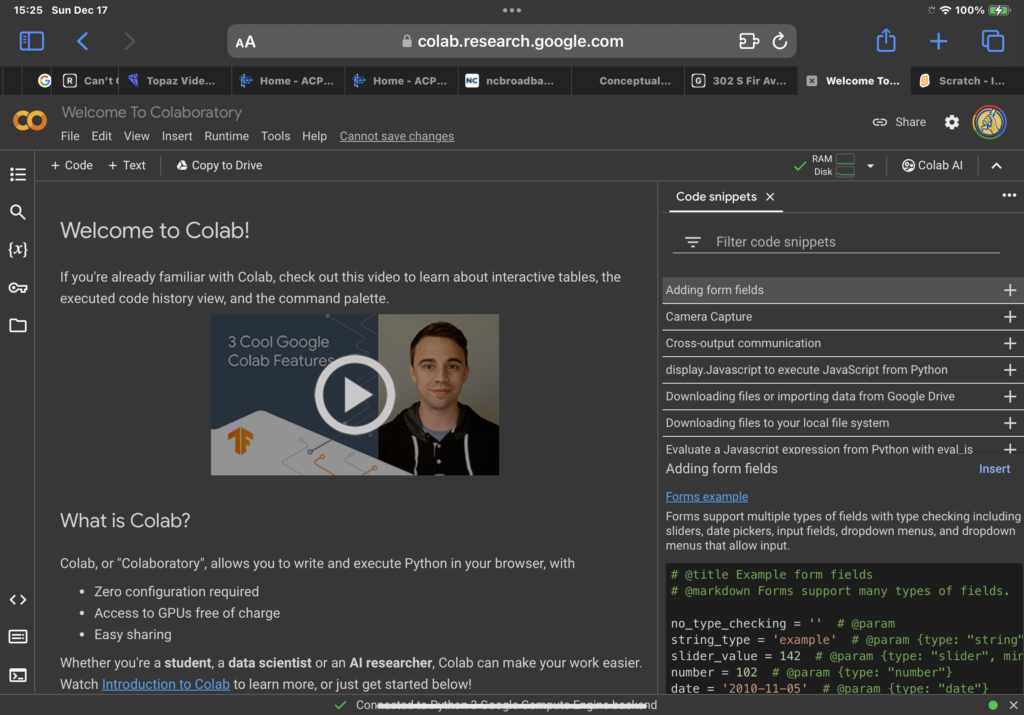NOTE: This page originated as, and has been adapted from, text provided by ChatGPT 4 by OpenAI in response to the following prompt:
”Please provide an introductory text for a web page that discusses computer programming for beginners, age 12 years and older, and suggest suitable programming languages to start with. ”
The response was considered accurate and suitable for use as is, and then further adapted for relevant topics on this site, with added links to reference materials.
– dgkallgren.
Welcome to the World of Computer Programming!
Dive into the captivating universe of computer programming, where imagination meets logic, and ideas come to life! Whether you’re 12 or just feeling young at heart, programming offers a unique journey of creativity, problem-solving, and endless discovery. No matter your background, it’s never too late to start. Here, we’ll guide you through the initial steps, and recommend the best programming languages tailored for beginners like you.
Suggested Programming Languages for Beginners:
1. Python: Known for its simplicity and readability, Python is a versatile language used in various applications from web development to artificial intelligence.
Getting Started with Python: Introduction and Tutorials here, and additional tutorial and downloadable resources from the language’s official home Python.org.
With a Google account you can try Colab, or “Colaboratory”, to write and execute Python in your browser.
2. Scratch: A visual programming language that helps you create interactive stories, games, and animations. It’s designed specifically for younger learners, making it fun and intuitive. Scratch was developed by the Lifelong Kindergarten group at the MIT Media Lab. In Scratch, you can drag and combine code blocks to make a range of programs, including animations, stories, musical instruments, and games. It’s a bit like the programming equivalent of building blocks!
Have a look at the Scratch home page at the Massachusetts Institute of Technology.
Getting Started with Scratch – checkout the Raspberry Pi introduction here.
3. JavaScript: The backbone of web interactivity, JavaScript powers many of your favorite websites. It’s an essential language for those interested in web development.
Getting Started with JavaScript – these tutorial references will prove invaluable to you!
4. Ruby: With a clean and elegant syntax, Ruby is often appreciated for its simplicity, making it another great starting point for beginners.
Getting Started with Ruby: the Official Language website is here, which offers downloadable program and documentation resources. You can try Ruby in your web browser here.
5. Blockly: Similar to Scratch, Blockly is a visual coding tool where you drag and drop blocks to write code. It introduces programming concepts in a playful way. It’s worth noting that Blockly is written in JavaScript and run in a browser. Installing your own version of Blockly is a good introduction to setting up the Node Package Manager (NPM) and file editing tools needed to learn JavaScript and build useful programs.
Get Started with Blockly: an introductory guide to Blockly is available on the Google developer’s sites, and there you can try programming with Blockly on line.
While it’s tempting to learn multiple languages, it’s more valuable to deeply understand and master a few. The visual/graphical languages can be useful for understanding the logic of a given program, but they can mask some of the fundamental concepts in text-based program development. Dive in to mastering Python or JavaScript as languages with more widespread use, certainly on this web site.
Embarking on this journey might seem daunting at first, but remember, every expert was once a beginner. So, take a deep breath, embrace the challenge, and let your coding adventure begin! 🚀
Are you looking for more? Move beyond the basics.


